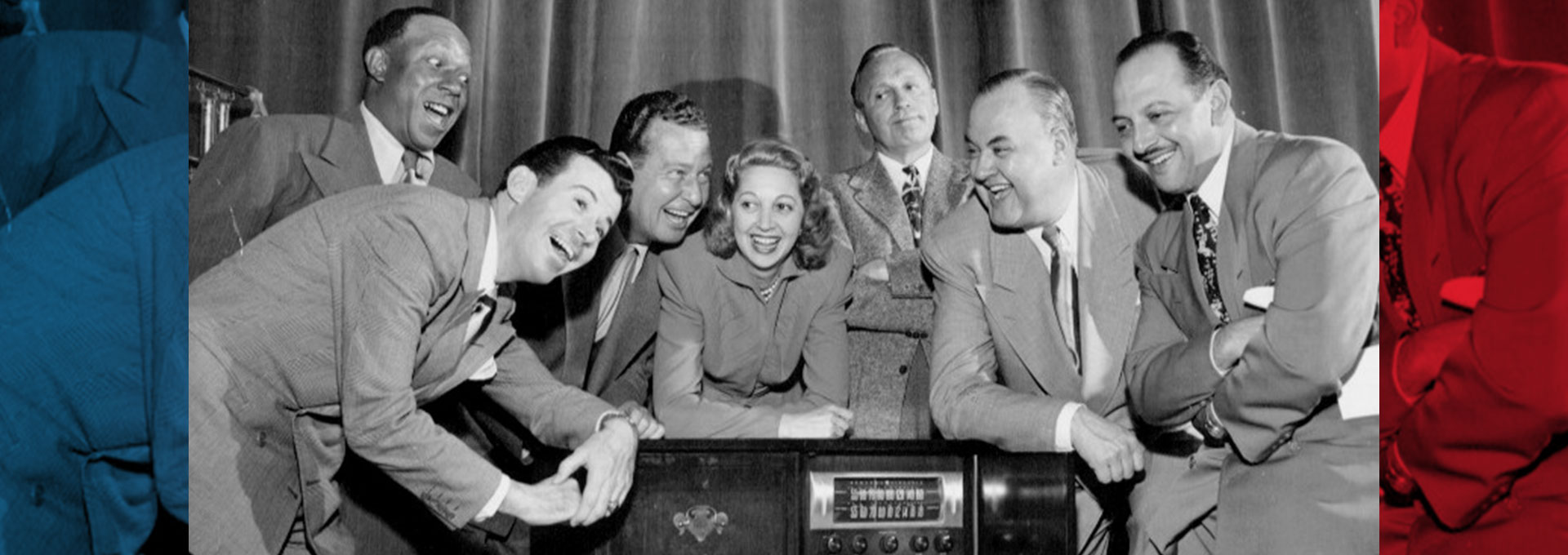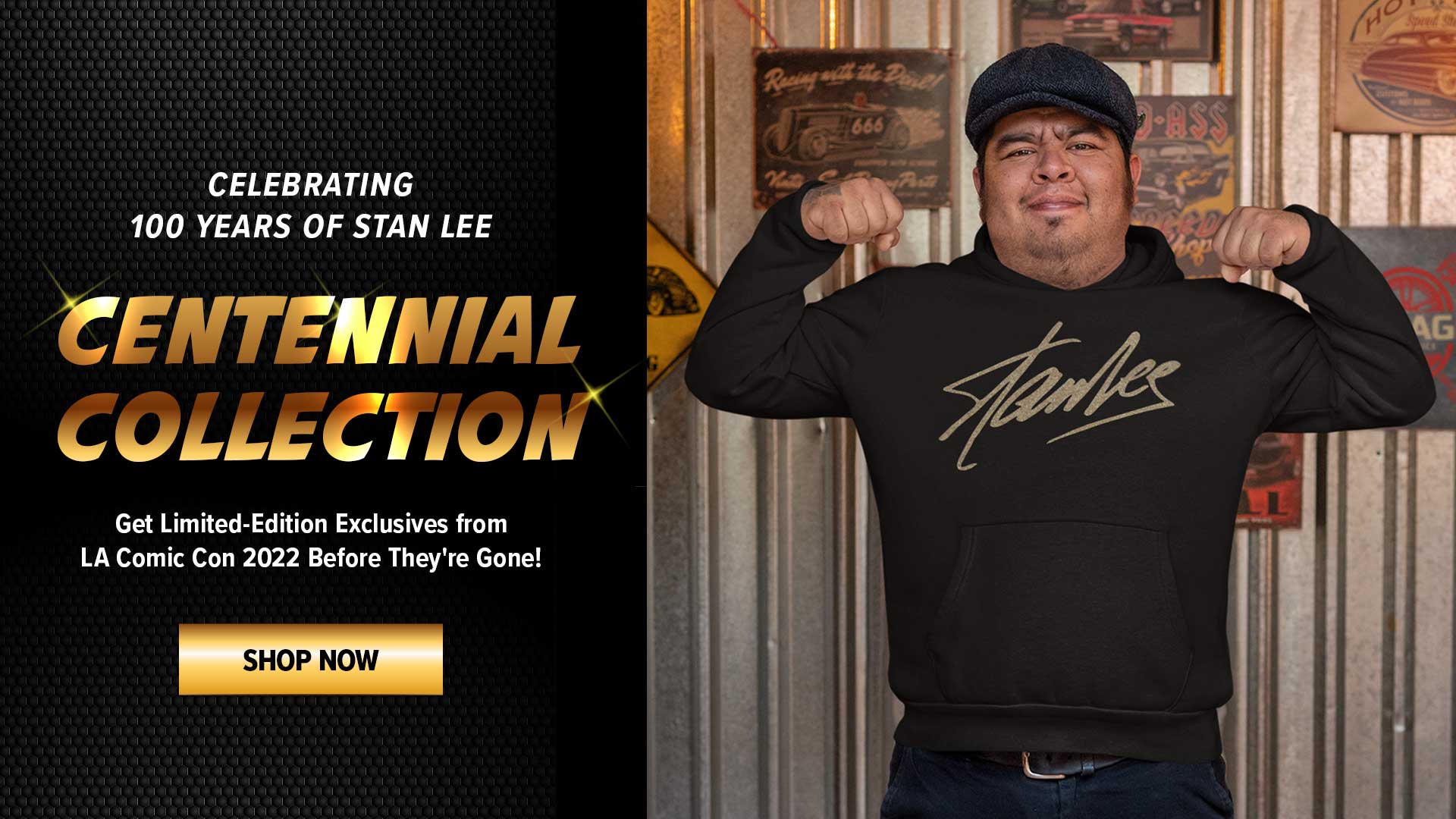In honor of World Radio Day, we’re highlighting the role the medium played in Stan Lee’s upbringing and how it influenced his later work.
Radio, the first broadcast medium, became popular with audiences during the decade of Stan Lee’s birth, the 1920s. Its Golden Age lasted from the Roaring Twenties through the 1940s, right up until the new broadcast kid on the block became popular: television. Throughout the Great Depression in particular, radio served as one of the most important forms of entertainment for Americans. Families facing tough times could indulge in radio shows (comedy, crime dramas, adventure, sci-fi, anthologies – you name it), music, news, and President Franklin D. Roosevelt’s famous “Fireside Chats.”

Stan’s family was one of many who tuned in to radio programs throughout the 1920s and 30s. During a 2002 interview with NPR’s “Fresh Air,” Stan revealed a weekly Lieber tradition: On Sunday evenings, his family shared a meal together—more often than not consisting of hot dogs, beans, and, if they were lucky, sauerkraut—and sat around the radio listening to the evening’s shows. (It’s both ironic and heartwarming that Stan recounted his radio memories over National Public Radio some 70-80 years later.) Personalities Stan remembered fondly included Edgar Bergen & Charlie McCarthy, Jack Benny, Fred Allen, and Eddie Cantor, among others.

Speaking of sitting, Stan said his family would arrange chairs in a semi-circle facing the radio, in which they would take a seat facing the machine, watching it as if it were a television set! And his family wasn’t alone in this gesture—Stan confirmed (as do period photos, like the one below) that most people “watched” their radio. At the time, that wasn’t an odd thing to do, but Stan did say he got a chuckle thinking about it in later years.

During the NPR interview, the host also brought up Stan’s fondness for slogans and alliteration, the latter of which is notably apparent in many of his most famous characters: Peter Parker, Silver Surfer, Bruce Banner, Matt Murdock, and the list goes on. Stan didn’t recall being strongly influenced by any one radio jingle or speech pattern in particular; rather, he simply liked using expressions in his work that would be easy to remember and stand out, just as he could recall relishing from his childhood.
Stan also highlighted an early example of his flair for the melodramatic, as he remembered the 1930s radio program Chandu the Magician. In particular, he recollected the theatrical way in which the announcer proclaimed the title, specifically “the Magician!”, and the loud gong that welcomed listeners to the show. (Check out the interview around the 27-minute mark to hear Stan’s triumphant rendering of the show’s title.) That striking emotional effect stayed with Stan and certainly informed the way he wrote comics!



